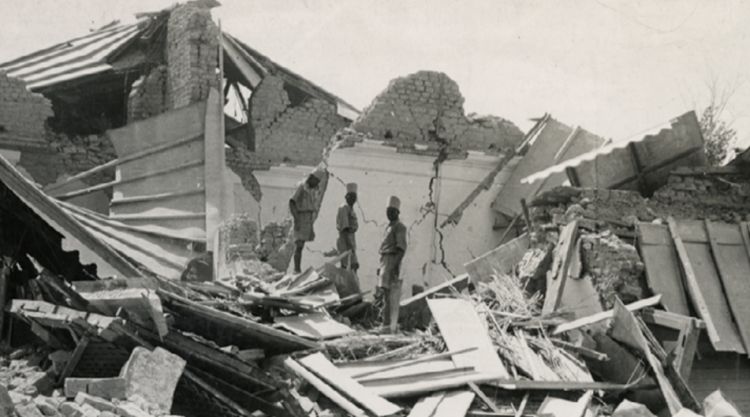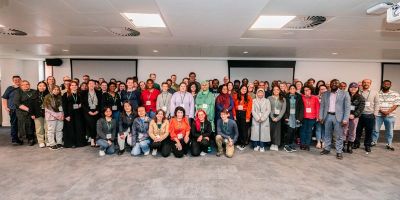Natural Hazards and Empire exhibition reveals the untold history of geographical studies

A highly visual online exhibition co-created by Dr Arjan Gosal focuses on the effects of colonialism and geographical studies on people living with natural hazards.
The exhibition "Natural hazards and empire" is curated by Sarah Evans (Royal Geographical Society), Arjan Gosal (School of Geography, University of Leeds), David Lambert, James Poskett, Thomas Simpson and Catriona Sharples (University of Warwick).
Full of 19th and 20th-century images, documents and videos, the project explores natural hazards such as volcanoes, avalanches and earthquakes during the era of the British Empire.
It highlights the untold stories of native people in colonised countries, framed by the documentation of natural disasters by British researchers.
The exhibition states: “For many people, colonialism itself was a disaster. When combined with the shock of an earthquake, an avalanche, or volcanic eruption, the effects could be especially damaging and long-lasting.”
Who else have we not heard about? What other stories do we not know?
The content includes responses from BSc Geography students at the University of Leeds after they engaged with historical documents from the Royal Geographical Society (RGS) archive.
These insights highlight what is missed from historical narratives and documents and how we can interpret them with a contemporary lens, further making us consider how we conduct research now.
One student said: “Who else have we not heard about? What other stories do we not know? What are the cultural beliefs, traditions, superstitions involved around natural disasters in other cultures?” highlighting the need for a more holistic understanding.
Dr Gosal has previously co-led workshops at the RGS. He has developed tutorial content at the University of Leeds which highlights the human element of the natural sciences.
View the “Natural Hazards and Empire” exhibition online.
Header image
Quetta earthquake, the Residency Mastung, 1935. © RGS-IBG




